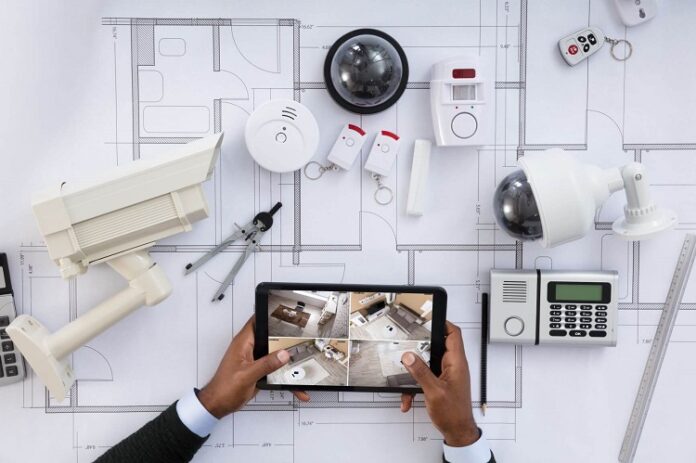We never think it is going to happen to us or to one of our loved ones but an accident could happen in a split second and leave us with an injury which needs surgery and a period of recovery. Once out of the hospital, it isn’t simply a matter of business as usual at home and while you get back to normal physically, your home may become an intimidating place.
Luckily, there are ways and means of making it more accommodating for anyone either recovering from an injury or in a position where they have to live permanently with a disability.
Step 1: Zimmer frame
Called walkers or Zimmer frames, depending on the part of the world you live in, this supporting apparatus has become very light and flexible in recent years. It can also increase confidence and versatility for anyone who needs assistance with mobility, allowing them to move around the home with a feeling of support and security.
Step 2: Lift off
For those living with a disability in a home with more than one floor, facing a flight of stairs can seem like mission impossible. This is where domestic lifts can play a vital role in increasing mobility and making home life as normal as possible.
These devices are easy to install in practically any home. They are designed to accommodate a wheelchair or contain a special seat for those who can get around by themselves but still struggle when climbing stairs.
Step 3: Easy bathing
The bathroom can seem like a terrifying place if you don’t have the strength and flexibility that you used to have. Getting into a bath or shower is a huge task which requires planning and it’s easy to start panicking if there is nothing to hold onto for stability.
If you have a shower-bathtub this problem can be easily solved through a simple and inexpensive conversion whereby a piece of the bath tub wall is removed, creating a walk-in shower. A couple of strategically-placed bars on the walls will provide a grip when getting in and out of the shower or bath for added support.
Step 4: No slip
Chances are, your bathroom and kitchen have tiled, laminate or vinyl floors and your hallway may follow suit. Make sure any rugs in these areas are non-slip to increase confidence and peace of mind when walking. As the bathroom is a wet environment, it will need extra attention in this respect.
Step 5: Get up and go
One aspect of easy access within the home for physically disabled people is furniture which is built for their special needs. Assistive chairs come in all styles and colours and are fitted with an electronic device which allows them to recline and rise for convenient access.









